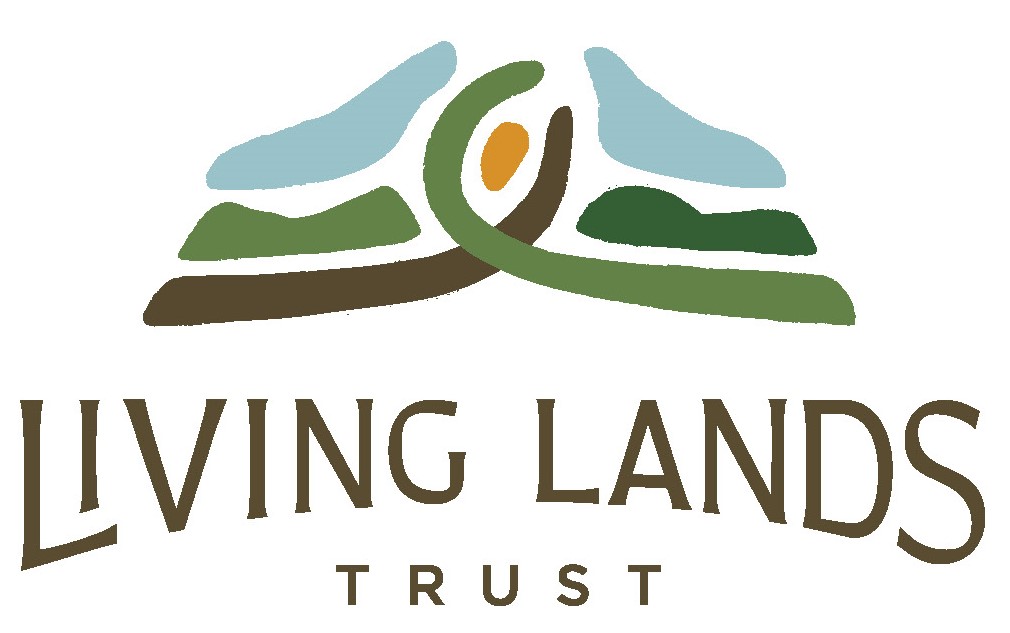From Yggdrasil to Living Lands

Bringing the Mythical to Life
Yggdrasil Land Foundation is now Living Lands Trust! This name change marks an important inflection point in the organization’s evolution over the last twenty-two years. The clarity and simplicity of Living Lands Trust stays true to the founding vision while providing a more accessible moniker as we work to broaden and deepen our land-centric work.
Read More About Our New NameYggdrasil (ig-drǝ–sil) Land Foundation was established in 2000 with an abiding wish to help create places that would nourish people, community, and the Earth so the human spirit might flourish in harmony with nature. This founding vision was clear and hopeful. By fostering and invigorating truly regenerative land stewardship, particularly biodynamic farming, one might affect social, economic, and even cultural change. Such change felt—and feels more than ever—desperately needed to counter the rampant abuse and degradation of our Earth and the associated fraying of our social and economic fabric. Yggdrasil, the mythic tree of life that links the heavens with Earth, provided a fitting name for an innovative entity that held a dream greater than a lifetime’s work could achieve.
From this seed of an idea, nourished in the fertile ground of commitment and vision, Yggdrasil has germinated and taken form over the past two decades to become a well-established, nonprofit land organization with a presence in multiple states across the country. Land-centric work is powerful and impactful because it addresses the root causes of our most pressing ecological and social challenges, but it is neither fast nor formulaic. Its pace and process are better aligned with the rhythms of nature and seasonal cycles that nurture organic growth. At the start of its third decade, during a time of great potential and pressure around land access, use, ownership, and community, Yggdrasil is poised to amplify and broaden its efforts toward greater reach and impact.
Yggdrasil marked this inflection point in its evolution by engaging in a process of inquiry and reflection to determine how it might better serve people, land, and place. What emerged from this process was an affirmation of the critical importance of land-centric work in today’s increasingly volatile and rapidly changing world, along with a new name—Living Lands Trust. The clarity and simplicity of the words, Living Lands Trust, stay true to the founding vision while providing a more accessible moniker that embodies the intention of broadening and amplifying our work.
Why Living Lands Trust?
Living Lands beautifully expresses the essence of our work and mission. Indeed, it captures one of the core principles in biodynamic farming, that the farm is as an “individuality” or a living organism. As stated in the agricultural lectures of Rudolf Steiner in 1924, which served as the foundation of biodynamic farming, “we should be clear that the whole domain of agriculture—including what is beneath the surface of the Earth—represents an individuality, a living organism, living even in time.” Living Lands also invokes the increasing understanding within various branches of environmental science of the complexity and relational vitality of life and living organisms in natural systems. One example is the groundbreaking work of evolutionary biologist, Lynn Margulis. Her investigations into the most basic forms of life support revolutionary theories such as symbiogensis and Gaia, which recenter the dynamic nature of life and expose the misconceptions and limitations of the mechanistic worldview that has dominated western thought for centuries. Perhaps most importantly, Living Lands is a practical expression of the fact that the places we hold are not “saved” at the exclusion of human habitation. They are places that hold the day-to-day lives of people and families, generate livelihoods, and serve as hubs for community gatherings.
Whereas many land trusts focus on what human uses or activities to “restrict” or “prohibit,” Living Lands Trust seeks stewards that create reciprocal relationships between land and people, while cultivating economically and ecologically regenerative enterprises. While Living Lands may be different than some land trusts, we are certainly not a foundation, but part of a broader land movement that is familiar with trust. This is a fitting word for work that is deeply relational—land to people, people to community, community to land. In the words of scientist, author, and Potawatomi wisdom keeper, Robin Wall Kimmerer, “here is where our most challenging and most rewarding work lies, in restoring a relationship of respect, responsibility, and reciprocity. And love.”
From an idea and vision to a thriving entity, from the mythical to the manifest, from Yggdrasil to Living Lands; our work of nourishing people through land and place continues and will carry on for generations to come.